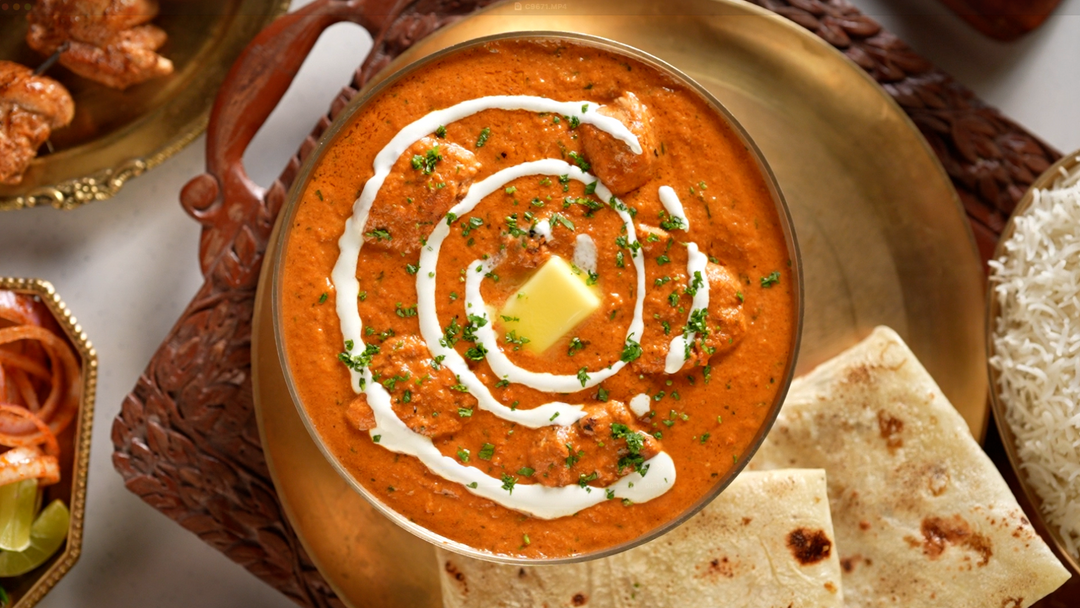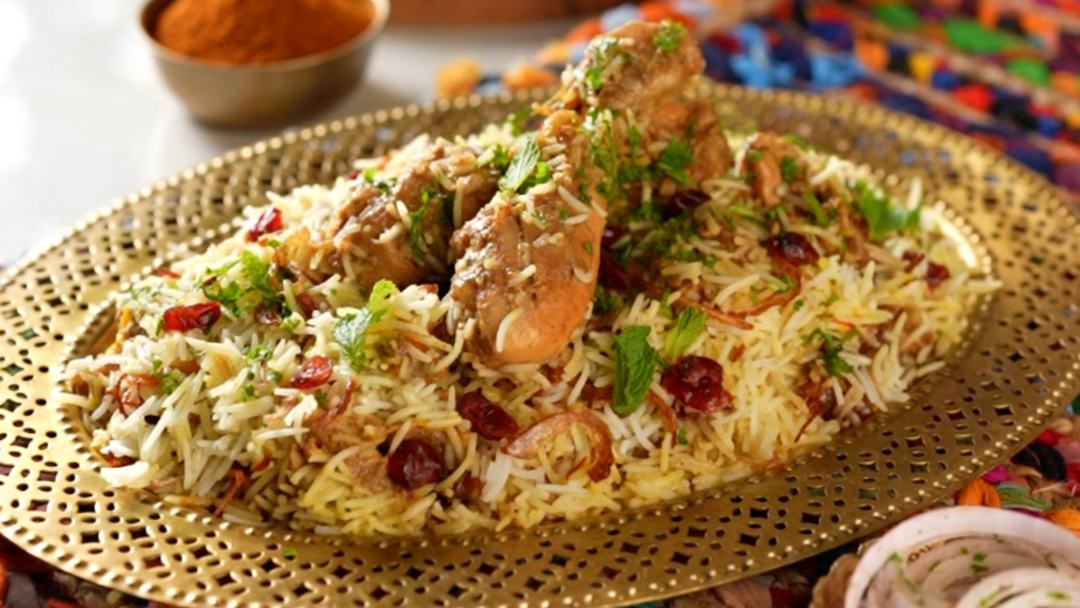The Origins of Homemade Butter Chicken

How a beloved restaurant creation found its true soul in Indian home kitchens.
In the years following Partition, Delhi’s culinary landscape was alive with new ideas — and new cravings. Among them was a dish that would soon captivate the imagination of the city: murgh makhani, known more widely today as butter chicken. Born in the bustling kitchens of Old Delhi’s emerging restaurants — such as the famous Moti Mahal — it blended smoky tandoori chicken with a rich, buttery tomato-based sauce — a comforting yet luxurious creation that quickly gained public affection.
A dish only truly becomes part of a nation's soul when it is cooked, loved, and passed down at home — not just served in restaurants.
But in a world where recipes were still passed down by instinct — "andaaz", a pinch here, a handful there — recreating such a dish at home remained elusive.
That was, until Mrs Balbir Singh stepped in.
Drawing on her distinguished Punjabi heritage, and a lifetime of culinary mastery, Mrs Balbir Singh did more than replicate restaurant trends. She codified, refined, and elevated the dish — translating its spirit into precise, replicable techniques that allowed discerning home cooks to master it for themselves.

How Her Influence Spread
Mrs Balbir Singh’s impact was not limited to her own kitchen. Through her groundbreaking television appearances, her celebrated cooking classes, and her bestselling cookbooks, she taught a generation — across India and around the world — how to master dishes like butter chicken with confidence and authenticity.

Mrs Balbir Singh’s cooking segments brought authentic Indian recipes into homes across India, decades before food media became mainstream.
Long before celebrity chefs became household names, Mrs Balbir Singh was quietly building a living culinary legacy: codifying the art of Indian home cooking, and ensuring that traditions once guarded by instinct and memory could now be shared, taught, and lived — from Delhi to London, and into kitchens around the world
Today, when you recreate butter chicken at home — with depth, balance, and authentic soul — you are not just making a meal. You are carrying forward a living tradition: one that Mrs Balbir Singh helped shape, and that continues to inspire kitchens around the world.

Printed proof. From the original 1961 edition of “Indian Cookery”.
A Note on the Name
Murgh Makhani, or indeed Makhani Murgh — meaning "buttery chicken" in Hindi and Urdu — was the original name for the dish that would later become world-famous as butter chicken.
As the dish travelled from Delhi’s post-Partition kitchens into homes and restaurants worldwide, the English term gained popularity — but its heart remains in the rich, culinary traditions of North India.
What Others Say About Mrs Balbir Singh
As food historians have noted, Mrs Balbir Singh’s legacy was not only about recipes — it was about refinement, tradition, and elevating the art of Indian home cookery.
"I have a very high opinion of Mrs Balbir Singh. She wrote for us Indians... for those who wished to familiarize themselves with more elegant styles of cooking."
— Pushpesh Pant, Noted Academic, Food Critic and Historian
Discover Our Authentic Butter Chicken Masala
This isn’t a revival. It’s a living tradition — one that began in Delhi kitchens and continues in yours.

Award-winning godmother of Indian home cooking, and author of Mrs Balbir Singh's Indian Cookery, as featured in "The Best Indian Cookbooks Ever, as Judged by the Experts" - The Telegraph (UK)






